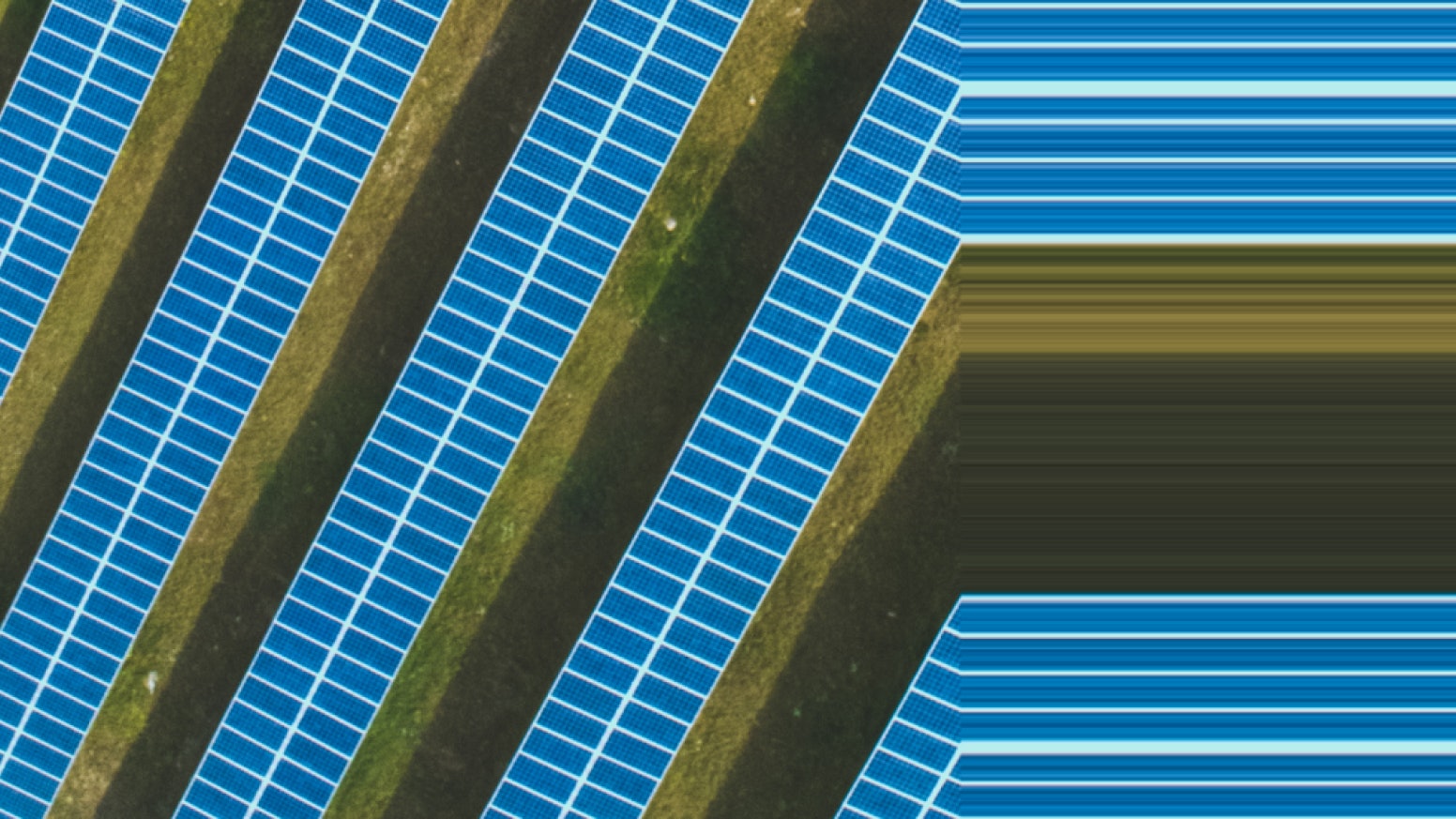Your guide to community solar

When you think of solar power, you probably think of panels on the roof. Maybe you’ve even thought, “That seems great, but I don’t think I can do it.”
Well, we have good news: you don’t need a big house adorned with glossy solar panels to enjoy the benefits of solar energy. With community solar, anyone — as long as you pay a power bill — can go solar.
What is community solar?
Community solar is a way to support solar energy and save on your power bill without installing your own solar panels. Instead, you join a local solar farm. Your neighbors and area businesses can join, too. These solar farms are often built on unused land, but they can also be in people’s backyards or on community buildings.
Because the panels are housed elsewhere, anyone can join a community solar farm. Compare that to rooftop solar, which is only an option for one-third of US homes.
And nothing changes about how you get your energy. Your same utility company delivers it like normal, so you never have to worry about interruptions in service.

How does it work?
When you join a community solar farm, you’re subscribing to a portion of the total energy that farm produces. Your portion is based on how much energy you use in a typical month. The clean solar energy from the solar panels flows directly into the local power supply for homes and businesses to use. As your solar farm generates electricity, you earn credits on your monthly bill from the utility. Finally, Arcadia directs part of your total power bill to the solar farm, to keep it in business.
Arcadia manages this whole process for you. Because we combine everything into one bill, we guarantee that your total bill will be lower — that is, the credits you earn from the utility will be larger than what you pay to the solar farm. You could save up to 5-10% of your bill.
The best part? There’s no cost to join. The solar developer pays us for connecting people like you to the solar farm, so we don’t have to charge you anything to enroll. All you need to do is sync your utility account with Arcadia so that we can figure out what your portion of the project should be. Depending on your utility, you'll also pay your regular power bill through us so that we can automatically include your solar credits in one easy statement.
Why join community solar?
Community solar is the fastest, easiest way to add more clean energy to your local power supply and make the electric grid cleaner. Think of it like voting for clean energy every time you pay your power bill. Putting more solar energy into the power supply decreases demand for energy from fossil fuels — and the greenhouse gases they emit.
Clean energy is just one of the benefits for your community. Farmers and local businesses that host the solar panels can subscribe to the farm to save on energy costs, plus they make money by leasing their space to the solar developers. The leased land can often be restored to its previous state after the lease ends. Community solar projects can also create jobs, lead to more local investment, and lower local taxes.
Looking for added environmental benefits? Farmers can allow livestock to graze in between the solar panels to keep vegetation in check. Some solar developers also turn their project sites into pollinator-friendly habitats for butterflies, bees, and birds.
Why isn't community solar a bigger deal?
If it was up to us, community solar would be everywhere. But each state has to pass a law to enable it. We have a team of energy policy experts who are working with legislators to expand community solar, and more states are getting onboard. In the next five years, the US will add enough community solar capacity to power 650,000 homes.
We’re dedicated to expanding access to community solar as part of our mission to build a 100% renewable energy future. The more of us that support local solar farms, the clearer it becomes to state legislators and regulators that community solar is important. And that means expansion to more states, more solar farms, and more renewable energy in our power grid.


